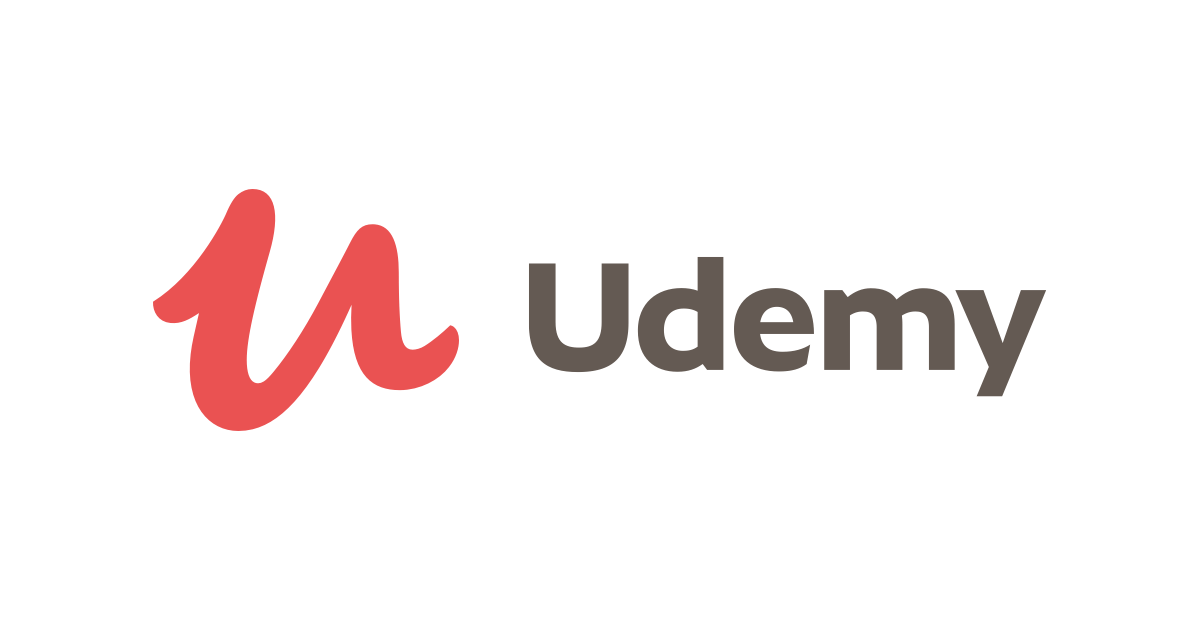📖 Udemy
How Udemy got their first 1000 creators?
Today, our case study is on Udemy.
The Cold Start Problem:
Gagan spent the first six months of the company cold calling instructors and asking them to put courses on their platform. Udemy had no reputation or success stories of instructors making a living on their site. Because of that, none of the instructors Gagan called created courses for Udemy.
Startup Digest University.
Gagan took the matters to his own hands. His roommate was working on Startup Digest: A newsletter that had around 50-70k subscribers at the time. He piggy-backed off their name and launched Startup Digest University: an offline paid event where founders can come and learn more about the mechanics of launching a startup.
But he still needed content, content that was not just another conference talk anyone can find on youtube. Where did Gagan go? He went to his investors. He outlined very clearly what he wanted talks to look like. He wanted content with concrete examples, data, and actionable insights. Because investors, the majority of them I hope, are deeply invested in your success, they agreed. Gagan categorized these recorded talks, launched them on Udemy to create his very first courses. He now had the supply side of the marketplace covered, and all he had to do was focus on getting customers to purchase these courses and use that as a case study to get more creators involved.
Startup Digest University.
Gagan had an easier time getting distribution to these courses than he did try to get course creators on board ( it didn't take him six months, that's for sure 😉). There are a few reasons for that:
1- Social Capital / Credibility of the instructors(Udemy investors)
2- Brand Recognition from Startup Digest
As you can imagine, Gagan utilized every distribution channel he had his hands (asked investors to promote it, shoutouts in Startup Digest, asked friends and acquaintances to promote it as well).
Getting (actual) course creators on board
With the case study in hand, Gagan created a 3 step funnel to find potential instructors and convince them to create courses on Udemy:
Finding The Leads: Gagan needed a huge amount of leads. He accomplished by outsourcing the lead gen process for $3 an hour to data miners in the Philippines using Odesk. In the past, Udemy used college interns but switched to outsourcing to increase efficiency. Udemy had 5 to 10 outsources working on lead gen at any given time.
What did the outsources do? The lead gen teamed searched “learn python,” “what is python,” and any other search term related to a learning python (or any other topic Udemy wanted a course on). When the data miners found a relevant site, they’d copy/paste the web page author’s email. This amounted to 100’s of emails a day that the outsourcers would put in a Google doc.
Getting The Leads To Talk To Them Once they had the emails, the data miners would email, one by one, each address. Gagan didn’t used Mailchimp or any other mass email service because it looked sketchy. The outsources sent a a variety of emails Gagan wrote beforehand and tracked which emails received a response. After 500 emails or so, the team would switch to the winning email.
Closing The Lead At this point, the data miners successfully had hundreds of instructors signed up for Udemy. But there was still a problem: the instructors rarely finish and launched their courses.
So Gagan got creative.
Udemy emailed any instructor who didn’t finish creating their course and said “Hey, we wanna run a promotion for your course in 3 weeks…can you get it down by then?”
This email increased convinced instructors to finish creating their course in a few weeks. It also increased the conversion to get people to create a course in the first part.
That’s it for today, See you next week 😉


